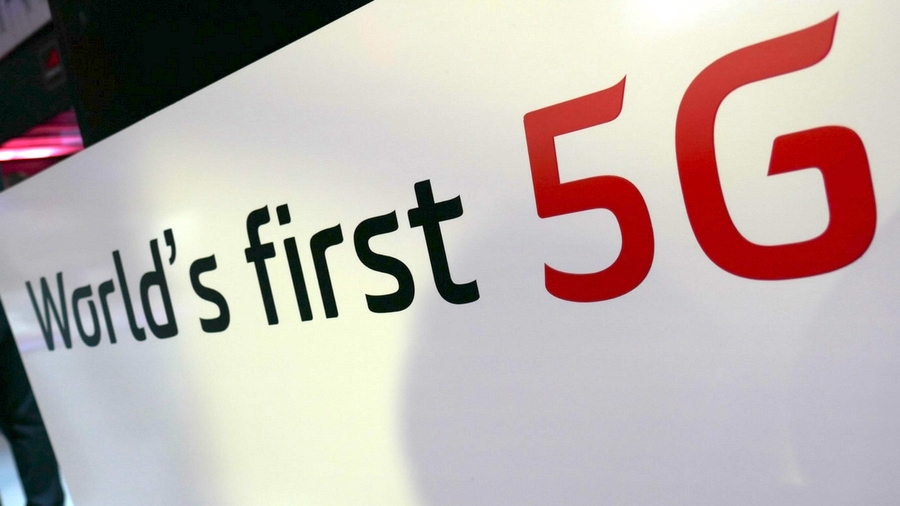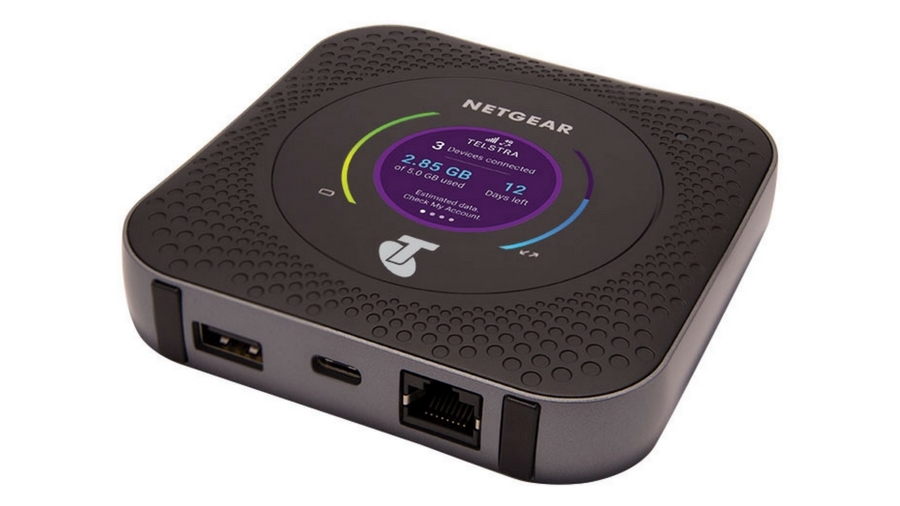5G is coming soon, but what’s in it for businesses?
It’s not about bandwidth, but real-time cloud computing

What are 5G networks for? Promising a download rate of 20Gbps and upload of 10Gbps, consumers may get superfast downloads to their homes, 4K and VR streaming, and even wireless residential broadband, but what’s in it for businesses?
Firstly, 5G is not for mobile phones, but it will involve wireless. 5G will use the same radio frequencies as current 4G LTE networks, but will also use much higher frequencies with much shorter wavelengths – millimetre waves (mmWave) offer incredibly high bandwidths, but only over very short distances.
So expect fibre optic cables to be the backbone of next-gen 5G networks, but with all-new fixed line wireless routers in offices, industrial plants and command centres to replicate fibre speeds.
"We will have fibre-like performance available on the go," says Simon Bryant, Associate Director at Futuresource Consulting. "It's driven by new chipsets for devices and base stations, and network construction, which will see much greater incorporation of multiple technologies and hand-off between cellular, Wi-Fi and other low-power wide area network (LPWAN) solutions," he adds. 5G is about integration and capacity as much as it is about speed.

Coping with capacity
With demand for broadband skyrocketing and cellular networks congested, high capacity broadband needs new technology; fibre optic lines can't be built everywhere. Cue 5G, which will involve both fixed and wireless networks.
Although 5G will one day be a software-defined network for all applications, it's likely not going to be all-pervasive for a long time. It's going to be targeted, and it will rely as much on increasing the scale of fibre optic networks as it will on superfast Wi-Fi routers.
“5G makes available much more spectrum, which will move the axis closer to the customer, because when you move to mmWave you have to be very close to the customer,” says Thaddeus Arroyo, CEO of Business Solutions and International at AT&T. “So how we build our networks will change – it's as much about capacity and latency as it is about employing a much denser, but smaller grid, with smaller cells."
Are you a pro? Subscribe to our newsletter
Sign up to the TechRadar Pro newsletter to get all the top news, opinion, features and guidance your business needs to succeed!

Cloud computing
5G will completely change how the cloud is used, what it can do, and even how it's conceptualised. "We're going to see a network that's even more relevant than it is today," says Arroyo, explaining that existing networks have enabled compute to reside on the cloud, so cease to be a constraining asset. "We have seen companies move workloads to the cloud, and the network became more important … if you look at empowering these applications with 5G, the network goes to the next level."

With 5G, all kinds of functions now carried out in devices and machines will be kicked into the cloud. Most of that is down to a massive reduction in latency – when a device sends data to the cloud, it currently takes a little time for it to get a reply. 5G changes 10-80 milliseconds to less than a millisecond wait time. Driverless cars will be able to instantly communicate with each other, and also command centres, not to mention smart city infrastructure.
Jamie is a freelance tech, travel and space journalist based in the UK. He’s been writing regularly for Techradar since it was launched in 2008 and also writes regularly for Forbes, The Telegraph, the South China Morning Post, Sky & Telescope and the Sky At Night magazine as well as other Future titles T3, Digital Camera World, All About Space and Space.com. He also edits two of his own websites, TravGear.com and WhenIsTheNextEclipse.com that reflect his obsession with travel gear and solar eclipse travel. He is the author of A Stargazing Program For Beginners (Springer, 2015),
